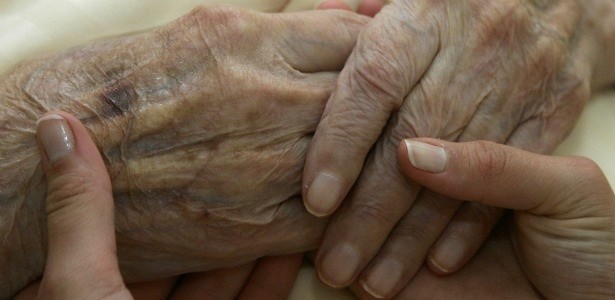
A woman whose finger tips were 'dying' - which turned scaly, black and covered in black tissue were saved through a surgery on the nerves down her spinal cord, according to a report.
The 69-year-old woman's fingertips progressively turned black within a few months due to lower amount of blood flow towards her finger tips. She underwent blood pressure treatments, but it could not solve the problem. If the condition would not have improved, doctors may have had to surgically remove her fingers.
This kind of nerve operation had not been used previously to treat her condition, said the doctors who treated her. The surgery saved her fingertips and since then it has started recovering, they said.
"She had Raynaud's phenomenon, which is where the tips of your fingers become very pale in cold weather. For this patient, things got worse and worse, to the point where her circulation was poor enough - so she started to get what's essentially gangrene," said Jacob Rosenberg, a student at Stanford University and the author of the report.
Several tests were performed to find out what was blocking the blood flow to the fingers of the woman. Doctors found that the patient suffered from cryoglobulinemia, a condition that make her body produce huge numbers of a particular antibody, according to the report published in the New England Journal of Medicine.
"In cooler temperatures, those antibodies clump up to form a clot. It's easier for the circulation to get clogged up, particularly in the fingertips, where the temperature is lower than the core of the body, and there are really small arteries." said Rosenberg.
The patient underwent a surgery called sympathectomy, where some of the nerves of the sympathetic nervous system are cut. The surgery is usually done to treat excessive sweating.
"The surgery was really to treat the symptoms, not the underlying disease," Rosenberg said.
The woman's hand after surgery, became moist and warm, indicating increased blood flow in the arteries of her hands. "We were surprised at how well it healed and how much of the fingertips remained," said Rosenberg.
















